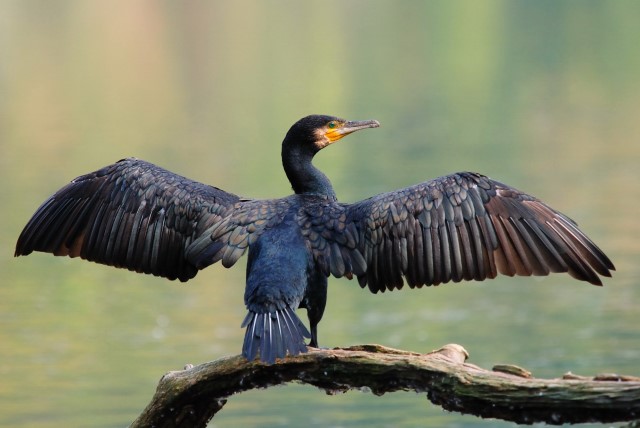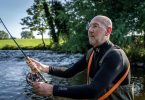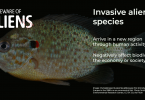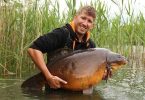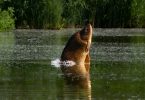The Angling Trust has called on the government to do more to protect rivers and lakes from fish-eating birds.
In a letter to Environment Minister George Eustice, the Angling Trust is demanding a doubling of the number of cormorants licensed to be shot in England annually to 6,000. It also calls for the relaxing of the requirement for evidence that goosanders are damaging fisheries before a licence will be issued.
The Angling Trust says the new measures are needed to halt the decline in coarse and game fish in England, particularly endangered salmon and eels which are now at critically low levels nationally. Other species such as roach, dace, trout and barbel have also seen numbers fall in many rivers and lakes.
The letter coincides with the launch of Cormorant Watch 2 – a website where members of the public can record sightings of cormorants, goosanders, red-breasted mergansers and their roost locations. Over 120,000 sightings of birds were recorded when the first edition of Cormorant Watch was launched in 2012, which helped the Angling Trust make the case for the introduction of Area-Based Licences (ABLs) for lethal control of birds, which have reduced bureaucracy and costs for hard-pressed fishery managers and angling clubs.
Pressure from angling organisations and angling-related businesses initially saw a previous government introduce a limit on cormorants licensed to be shot of 2,000, with a temporary increase to 3,000. Since then, the work of the Angling Trust has led to fishery managers applying for a far greater number of cormorant licences.
Despite this progress, angling’s representative body believes that a new annual limit of 6,000 for cormorants and a simpler process for licensing the control of goosanders to enable far more than the 283 shot last year are both required. The low number of goosander licences issued is despite the fact that fisheries have put in a huge amount of volunteer time and effort to provide evidence by organised bird counts to prove to Natural England that larger numbers are needed to protect fisheries. Natural England have rejected several strong cases for goosander licences on the basis of insufficient evidence of need for lethal control.
The Minister promised in a letter to the Angling Trust in 2013 that he would review the upper limit of cormorants licenced to be shot if there was evidence of demand. After two winters of licences exceeding 3,000 birds, the Angling Trust believes that this condition has now been met.
Similar demands will be developed in Wales and Scotland based on the results of Cormorant Watch 2 over the next six months.
The Angling Trust continues to believe that the best outcome would be for cormorants to be included on the general licence as long as the conservation status of the birds is not threatened. However, we have not been able to persuade ministers to adopt this approach which is why we are pressing for the best possible outcomes within the licensing framework.
The angling community invests many thousands of hours in volunteer time in using non-lethal means to deter cormorants from their fisheries but lethal control is needed when other means have been exhausted.
More than one million people fish in rivers and lakes in England and Wales, and the freshwater angling industry employs 30,000 people, generating billions for the economy each year.
Mark Lloyd, Chief Executive of the Angling Trust & Fish Legal said: “Stocks of salmon, eels and many river coarse fish have declined dramatically in the past couple of decades and predation from cormorants and goosanders is a key factor in the context of widespread pollution and loss of habitat. UK anglers would like to see governments in England, Wales and Scotland protect threatened fish stocks by allowing fishery managers greater freedom to control cormorants and goosanders, the population of which would not be at all endangered by our sensible proposals. We urge all anglers to record sightings of these birds and their roosts on our easy-to-use Cormorant Watch 2 web site so that we can have the evidence to change policy and the way it is implemented throughout the UK.”

